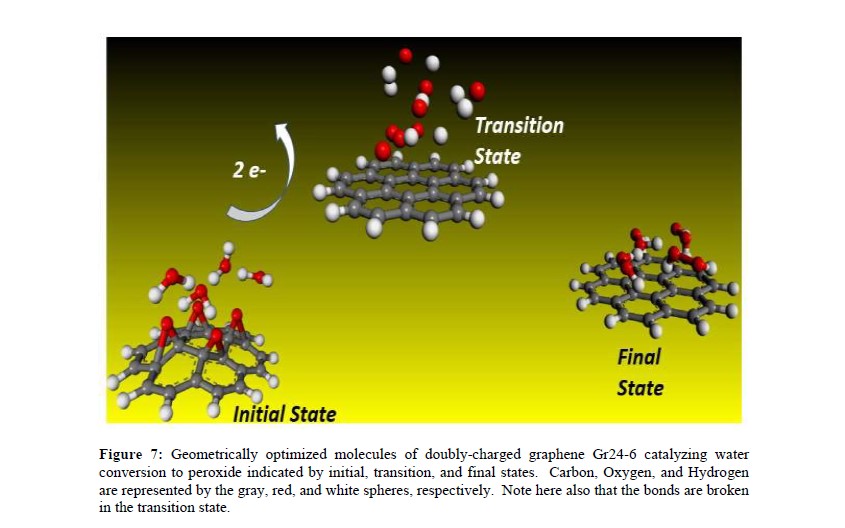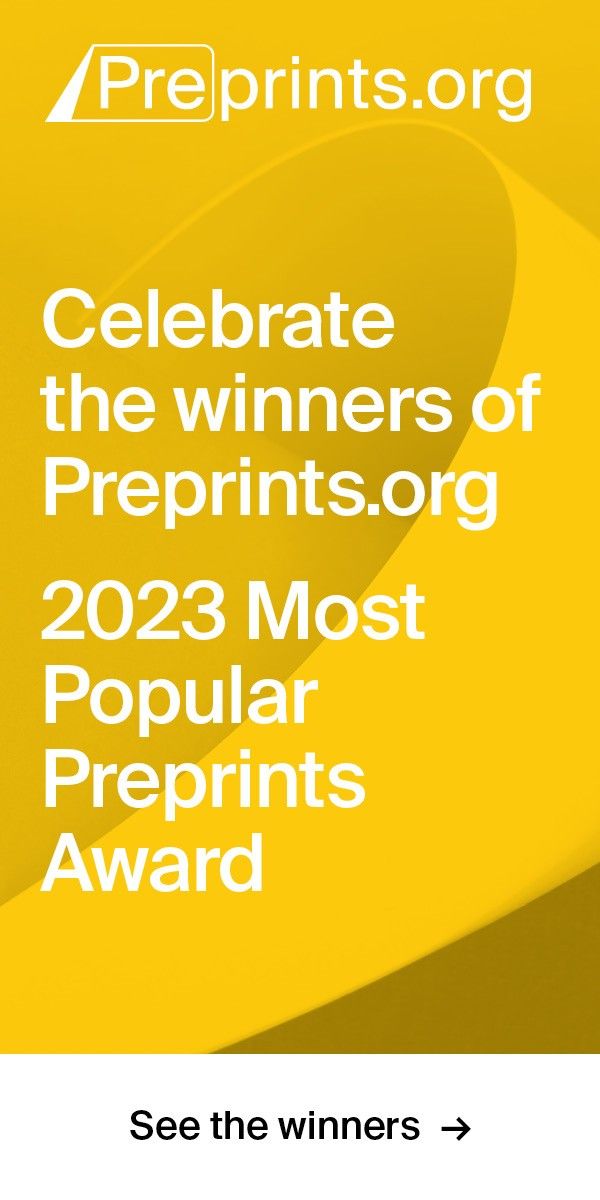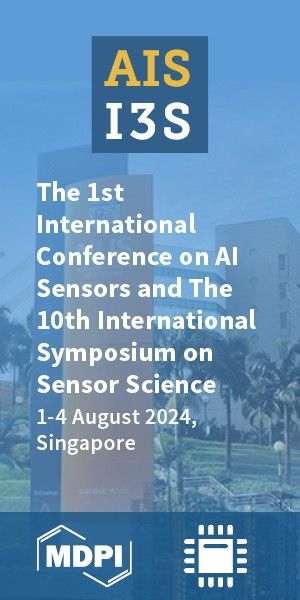Article
Version 1
Preserved in Portico This version is not peer-reviewed
Doubly-charged Negative Ions as Novel Tunable Catalysts: Graphene and Fullerene Molecules Versus Atomic Metals
Version 1
: Received: 5 August 2020 / Approved: 6 August 2020 / Online: 6 August 2020 (10:04:21 CEST)
A peer-reviewed article of this Preprint also exists.
Suggs, K.; Msezane, A.Z. Doubly-Charged Negative Ions as Novel Tunable Catalysts: Graphene and Fullerene Molecules Versus Atomic Metals. Int. J. Mol. Sci. 2020, 21, 6714. Suggs, K.; Msezane, A.Z. Doubly-Charged Negative Ions as Novel Tunable Catalysts: Graphene and Fullerene Molecules Versus Atomic Metals. Int. J. Mol. Sci. 2020, 21, 6714.
Abstract
The fundamental mechanism underlying negative-ion catalysis involves bond-strength breaking in the transition state (TS). Doubly-charged atomic/molecular anions are proposed as novel dynamic tunable catalysts and demonstrated in water oxidation to peroxide. Density Functional Theory TS calculations have found tunable energy activation barrier reduction ranging from 0.030 eV to 2.070eV, with Si2ˉ, Pu2ˉ, Pa2ˉ and Sn2ˉ the best catalysts; the radioactive elements usher in new application opportunities. C602ˉ reduces significantly the standard C60ˉ TS energy barrier while graphene increases it, behaving like cationic systems. Rank-ordered catalysts according to their reaction barrier reduction efficiency, variation across charge states and systems reveal their tunable and wide applications, ranging from water purification to biocompatible anti-viral and anti-bacterial sanitation systems.
Keywords
graphene; fullerenes; atomic metals; doubly-charged anions; tunable catalysts; water oxidation; electron scattering
Subject
Physical Sciences, Atomic and Molecular Physics
Copyright: This is an open access article distributed under the Creative Commons Attribution License which permits unrestricted use, distribution, and reproduction in any medium, provided the original work is properly cited.
Comments (0)
We encourage comments and feedback from a broad range of readers. See criteria for comments and our Diversity statement.
Leave a public commentSend a private comment to the author(s)
* All users must log in before leaving a comment








